Some plants I see and fall in love with instantly and want to get one…when reality sets I know this is impossible as I have no spot to put it. I will forget about the plant and later stumble on it in other places and remember all over again how beautiful it is. Such is the case with Styrax japonius(a) (Japanese Snowbell tree), its a tree which I keep stumbling on and see how wonderful it is.
Styrax is a genus of 130 species of which only a few come areas other than the tropics and several are used in garden. Styrax japonicus is the most well-known of the ornamental plants. Some tropical Styrax species are also known for giving us benzoin resin which is exuded from piercing the bark and collecting the dried substance. The resin has been used since antiquity in perfumes, incense and medicines(tincture of Benzoin).
Styrax japonicus come from a fairly wide area of Asia from Korea into China and Japan. Japanese Snowbell was first described by Seibold and then re-introduced by Richard Oldham(1834-1862) in 1862 from Japan. He was employed by the Royal Botanical Gardens(Kew) and was sent to collect plants in Asia in 1861. He first collected around Nagasaki and Yokohama (1862-3) and later in China where he died at the age of 27. He introduced no new species but his extensive herbarium collections were studied at Kew and in Leiden Germany.
When Japanese Snowbell was introduced the public in the 1860s it must have made an impact on gardeners and other esteemed people as it was quickly awarded a First Class Certificate (FCC) in 1885 by The Royal Horticultural Society. In 1984 it was given another award by the same group an AGM (Award of Merit). These awards are made from recommendation by a committee to the RHS council and are similar to judgements made at exhibits (based on samples, branches or plants which are viewed on one day).
 ngyro
ngyroStyrax japonicus are very late to color up in autumn and when they do we are rewarded with buttery yellows which fade to light reds.
Japanese Snowbell are small trees which have layered branch structures. They are often nearly as wide as they are tall. When they are in bloom the flowers coat the undersides of the tree with small drooping white bells which have a pleasing light perfume. It is best to locate these trees where they are on a slight incline so it is easy to view the flowers in bloom. The fruit produces are small drupes which look like tiny nuts and are dainty.
Japanese Snowbell trees grow 6-9 m 20-30 ft.) tall and nearly as wide. They grow in full sun to dappled locations and even fairly dark areas. Like many small trees in its native habitat it is often found as an understory plant growing amoungst larger trees. It likes well-drained rich soil which is slightly acidic.These trees are surprisingly hardy and are rated as zone 5 -29 c. (-20 f.).
Styrax japonicus can be used in a variety of ways, they are ideal for as small specimen trees, for small urban lots, patio plantings and in small groups. They are also well-known as bonsai subjects. There are several named forms worth looking into. ‘Emerald Pagoda is a selection which is more robust with bigger flowers and leaves. ‘Pink Chimes’ has better, more pronounced color which does not fade out in heat. ‘Carillon’ is a weeping form which is said to be the same as ‘Pendula’. ‘Angryo Dwarf’ is as the name say an even shorter form. It is up to you what one you feel is the best for your situation…I have always been a sucker for pure white flowers!
A Flury of links:
The many Styrax species:http://en.wikipedia.org/wiki/Styrax
Other peoples experience with this tree:http://davesgarden.com/guides/pf/go/59761/#b
Virginia Tech has a concise page on the tree:http://dendro.cnre.vt.edu/dendrology/syllabus/factsheet.cfm?ID=322
Richard Oldham:http://www.kew.org/news/kew-blogs/library-art-archives/richard-oldham-last-botanical-collector.htm
………..Follow me on an adventure around the plant world…………







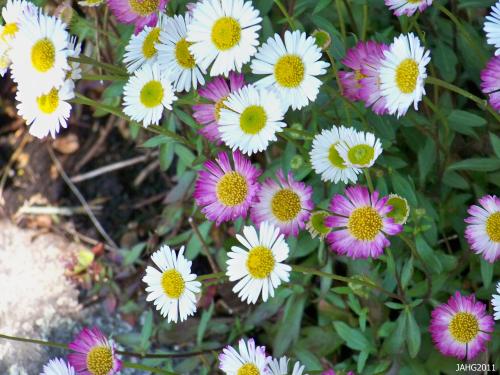































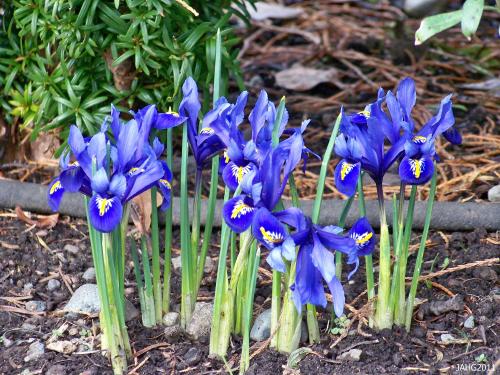
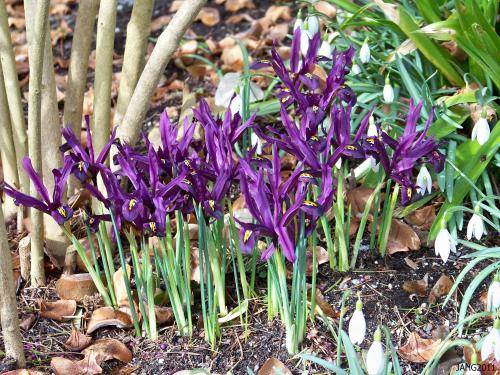
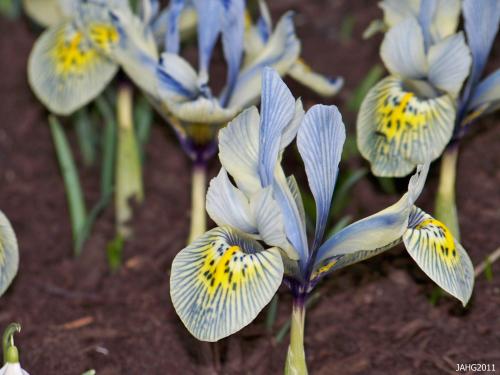
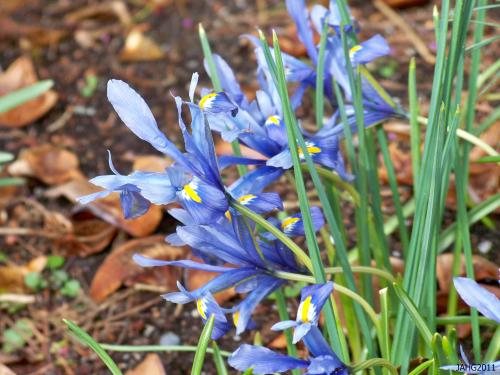

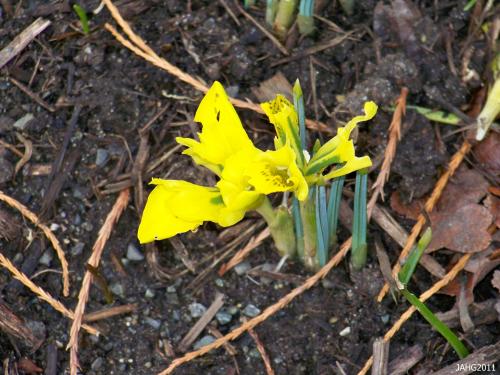







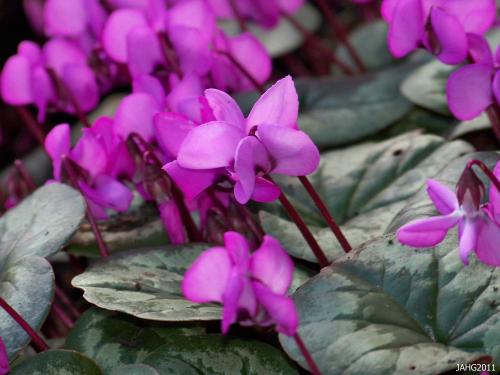


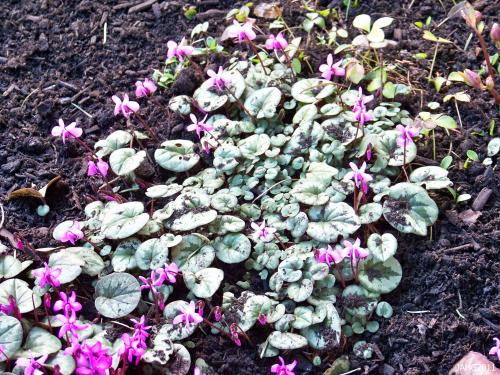

 Stumble It!
Stumble It!






